By Sean Fagan
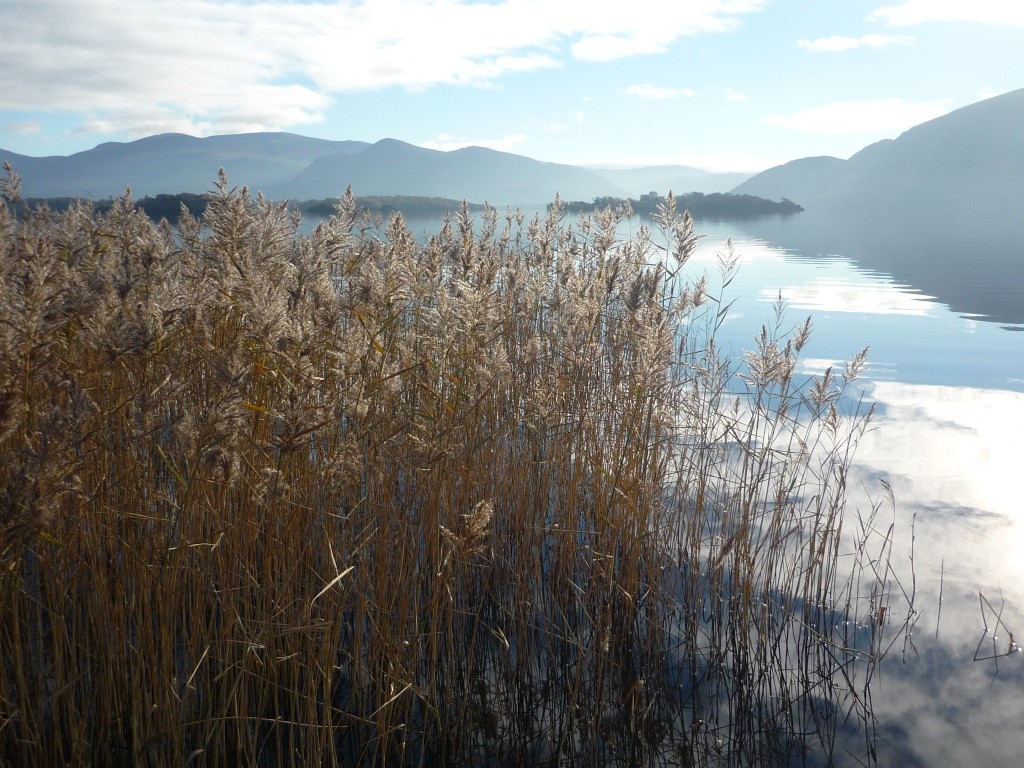
The common reed, Phragmites australis, is a surprisingly common & widespread grass species of temperate, tropical and to a lesser extent boreal wetlands (Photo: Sean Fagan).
Plant Seeds as Insulation
.
Many plant species are reliant on wind for seed dispersal.
Often, wind-dispersed seeds are covered in a fluffy, downy covering - which improves their air buoyancy.
Even the slightest breeze can lift and carry fluffy seeds far away from the parent plant.
Many of these fluffy seeds can be used as a tinder for starting a fire.
Another great use of these seeds is insulation (especially when stuffed into socks, gloves, clothing, hat & sleeping bag)
Numerous plant species produce soft, fluffy seeds, such as thistle and willow-herb species, but not many plants produce enough soft seed material that can be expediently used for improving the warmth of clothes.
One plant in particular produces prodigious quantities of soft seed heads - the common reed, Phragmites australis.
Learn more about this fascinating grass species and how reeds can potentially be a life saver...
.
*As a bonus I've also included a clip from the wonderful film, Dersu Uzala, which depicts two men making a make-shift, insulating shelter from reeds in order to survive a freezing storm. I've included this clip in the main blog (so you might want to read the blog post here, then watch the clip).
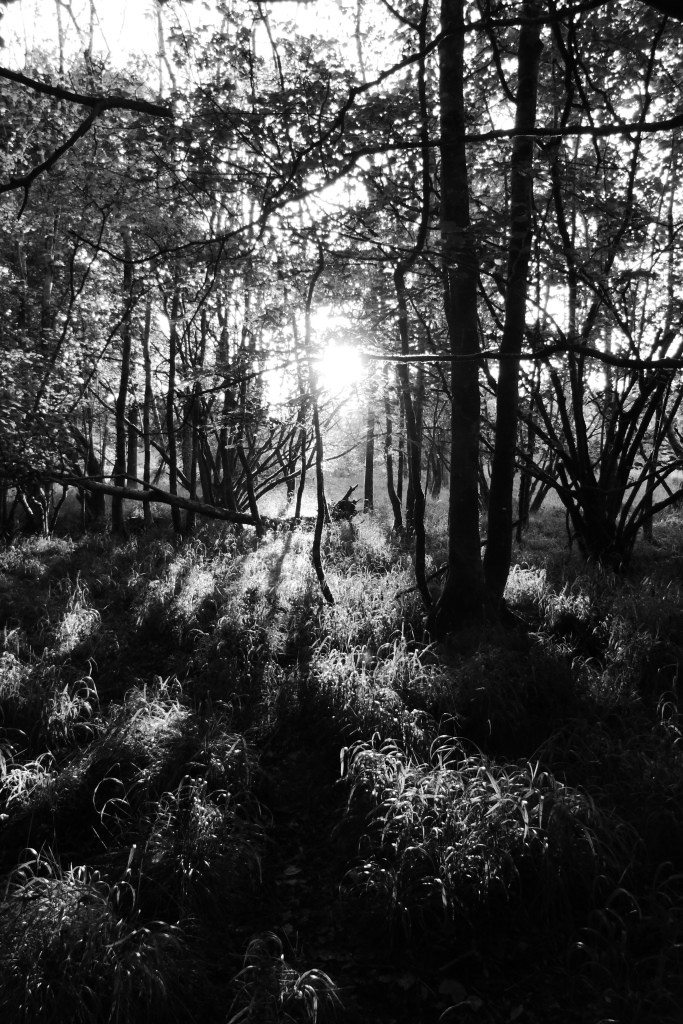
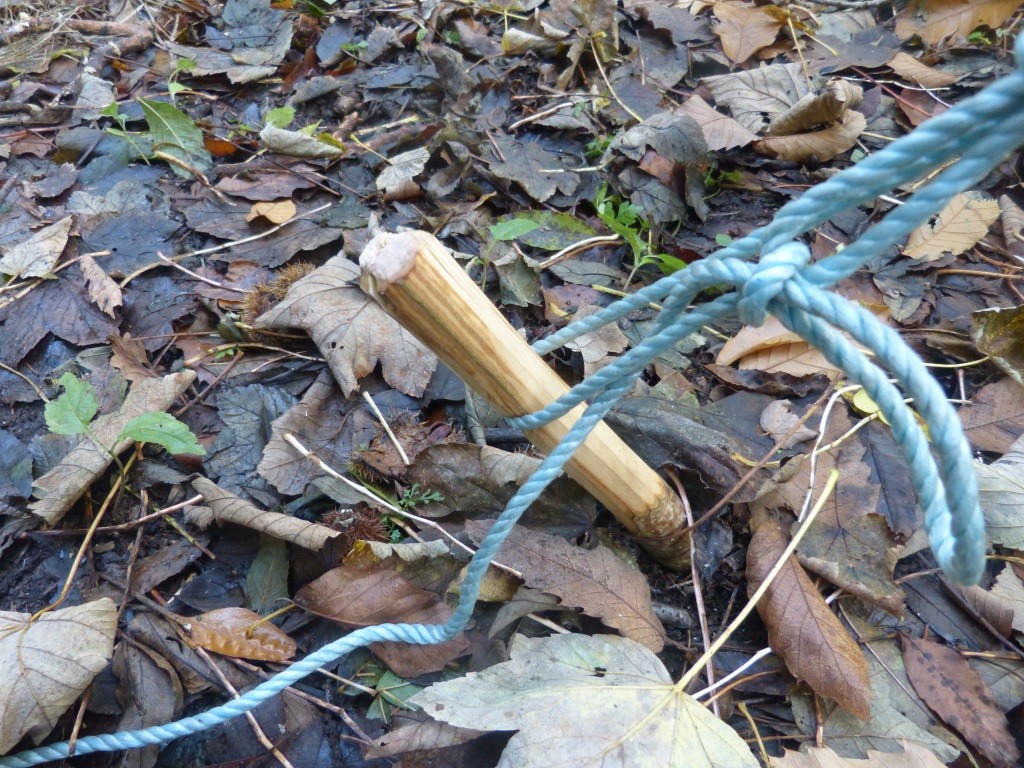
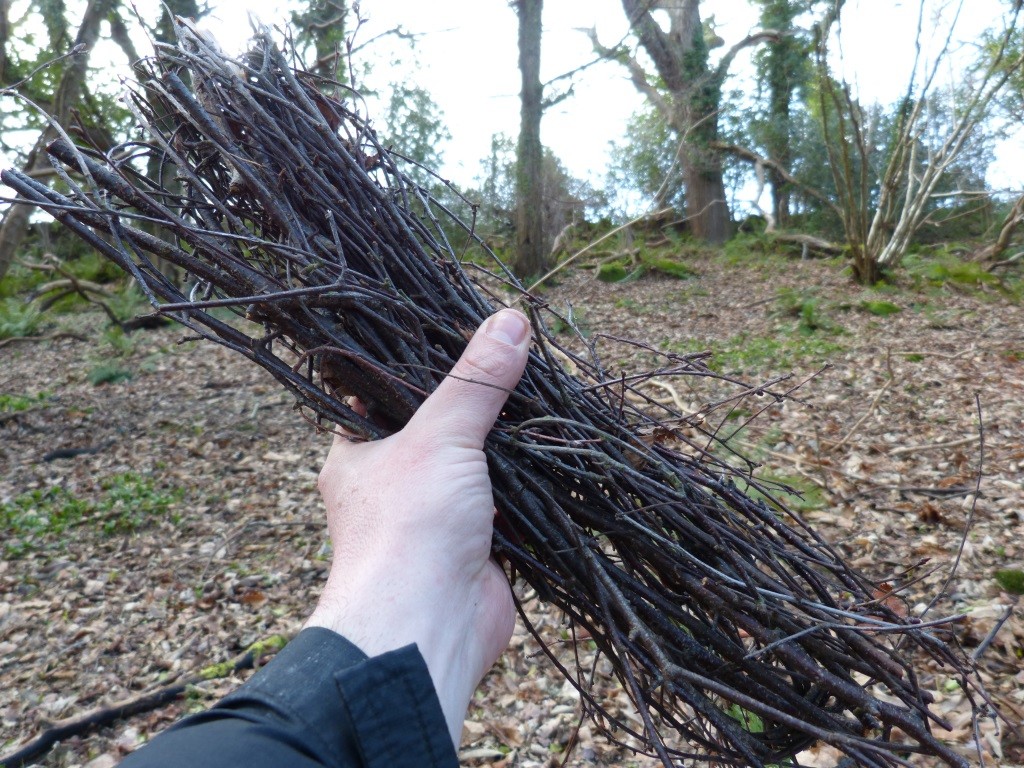
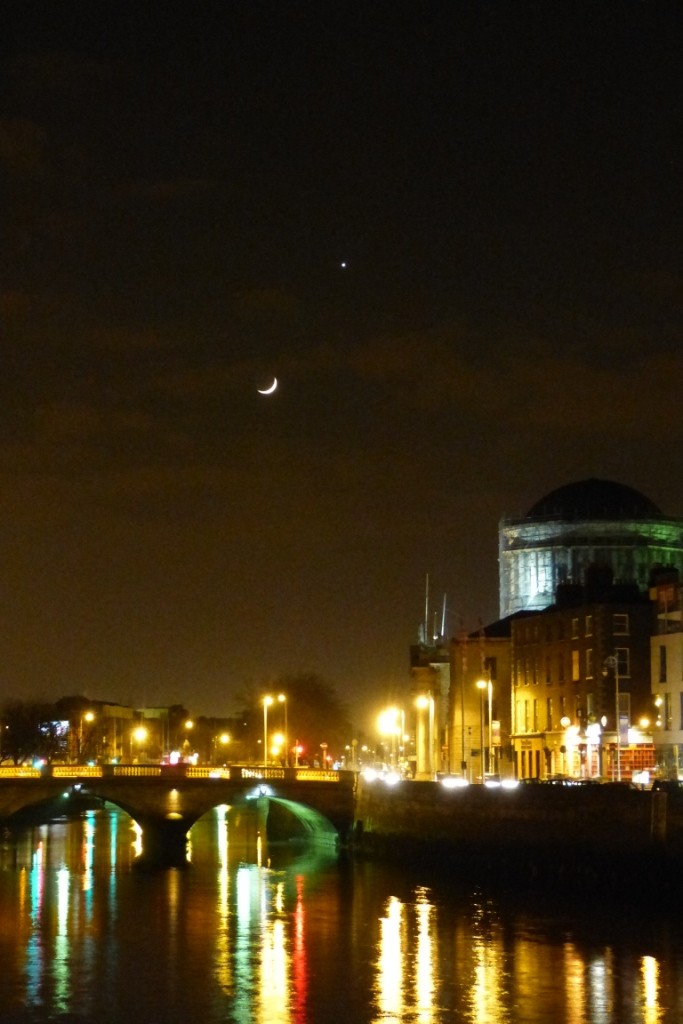
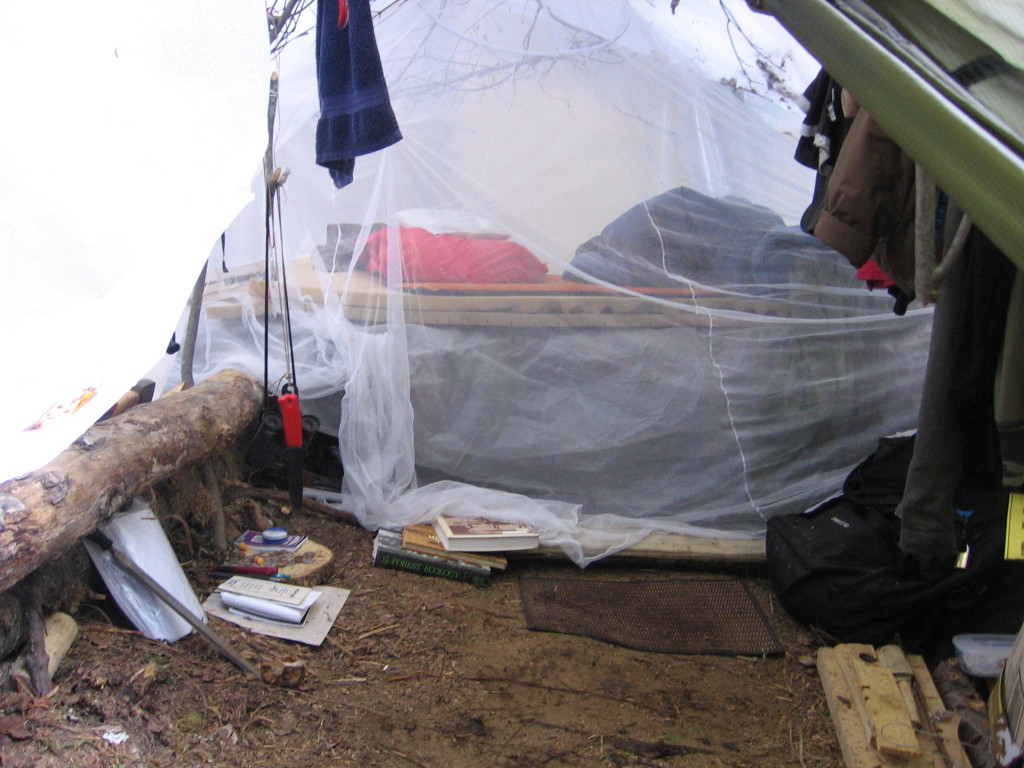
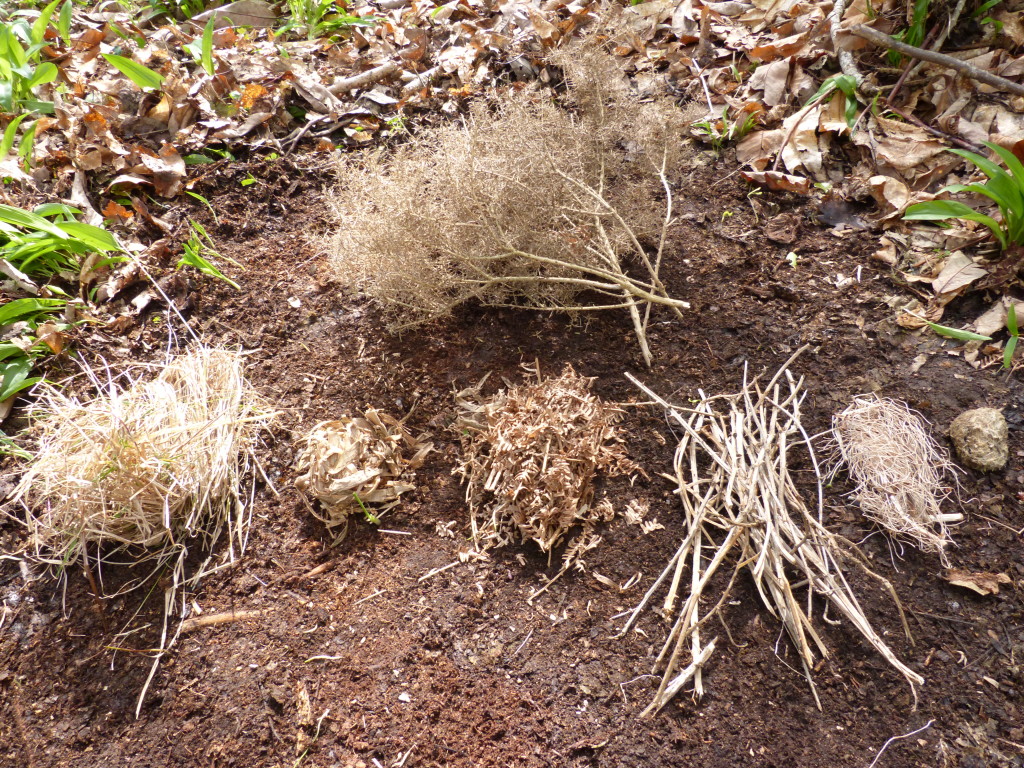
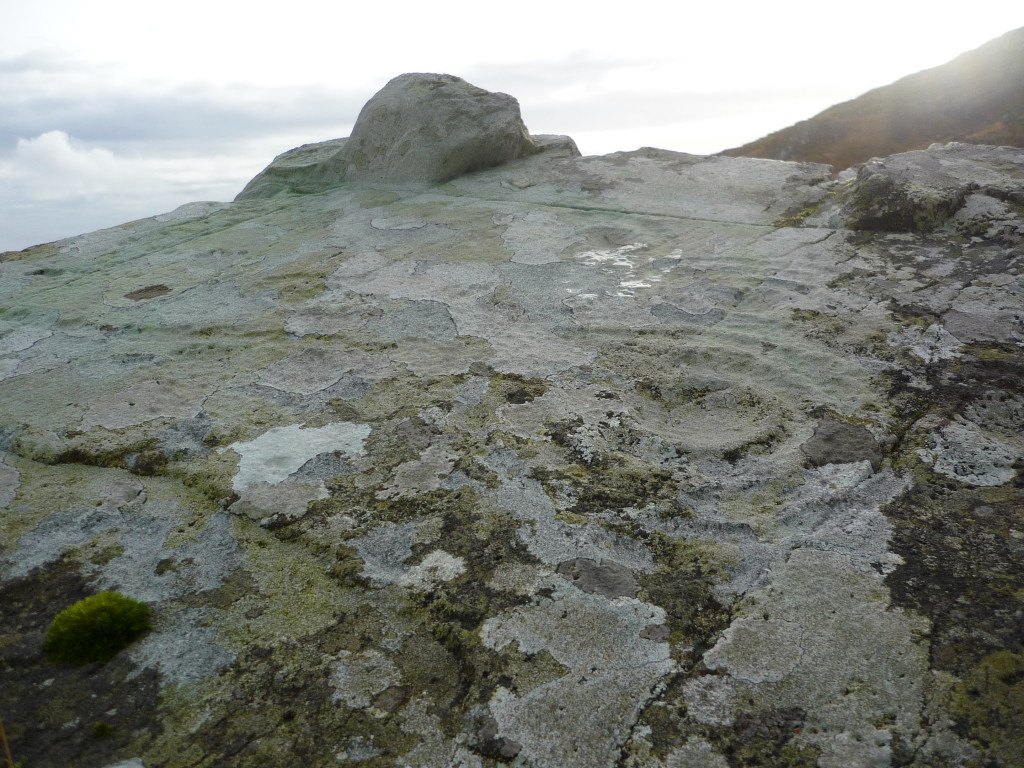
![PearBlossomsCalifornia[1]](http://www.pioneerbushcraft.org/wp-content/uploads/2015/05/PearBlossomsCalifornia1-1024x680.jpg)

Recent Comments